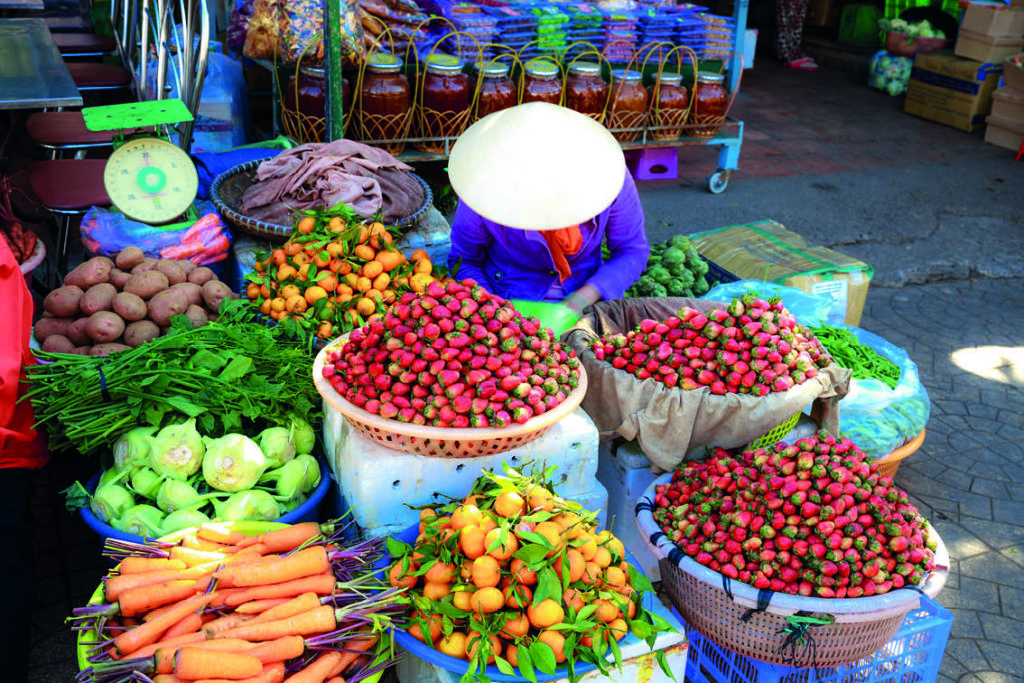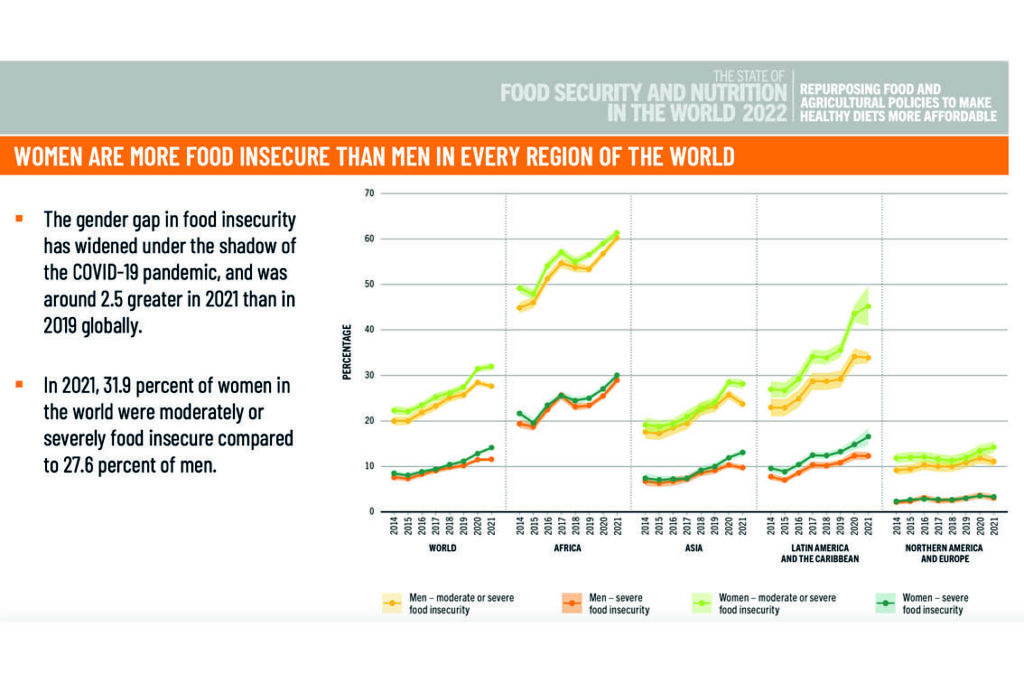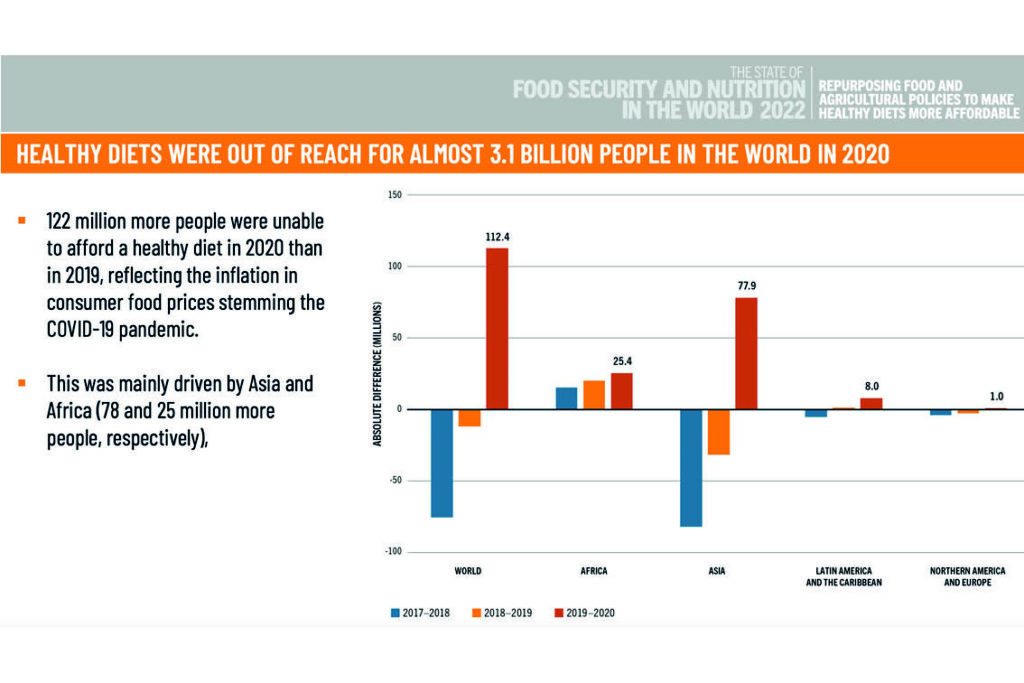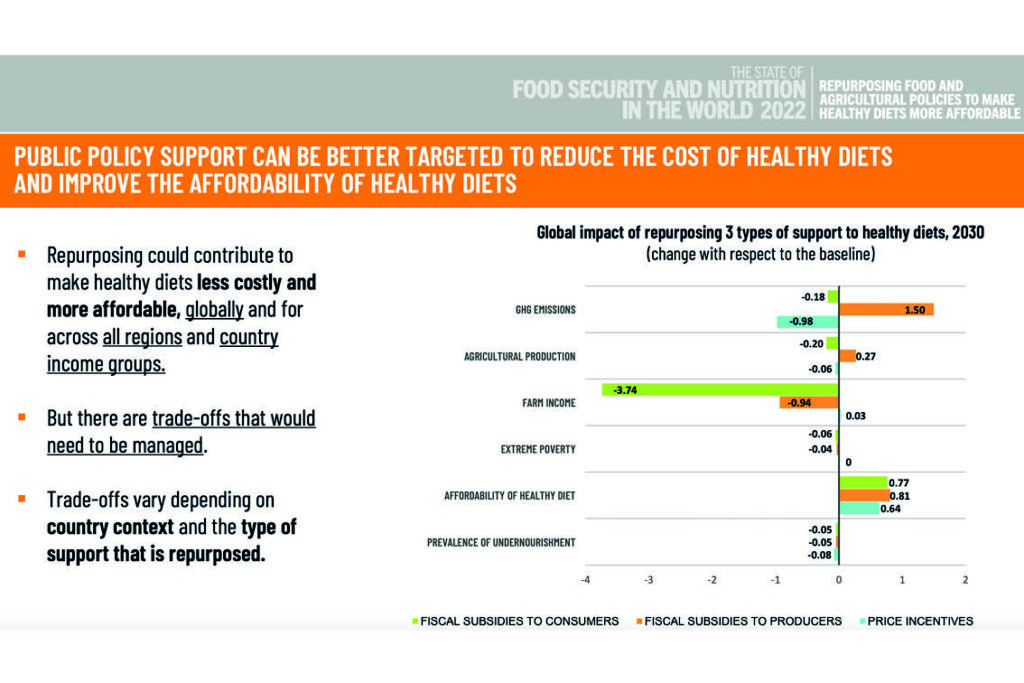Amid an uneven recovery following the COVID-19 pandemic, worsening climate crisis and rising food and fuel prices due to the war in Ukraine, 150 million more people faced hunger in 2021 than in the previous year – 78 million more than in a scenario in which the pandemic had not occurred. These drivers ravage contexts already characterised by rural poverty, marginalisation, population growth, and fragile agrifood systems, pushing millions more into extreme levels of acute food insecurity.
”A record 345 million acutely hungry people are marching to the brink of starvation”, announced the head of the UN World Food Program, David Beasley.
The State of Food Security and Nutrition in the World 2022 report, published Wednesday, 6 July, makes it clear the world is off-track to meet SDG2 by 2030, with messages coming from the Food and Agriculture Organization of the United Nations, the International Fund for Agricultural Development, UNICEF, the World Health Organization, and the World Food Programme (WFP).
”This year’s report, therefore, reminds us – yet again – that hunger, food insecurity and malnutrition in all its forms are an urgent global concern requiring coordinated resolved action.” Ms. Amina J. Mohammed, UN Deputy Secretary-General
Growing inequalities across and within countries
It is estimated that the number of people who couldn’t afford a healthy diet in 2020 increased globally, and it is particularly severe in Africa and the Middle East.
The report highlights that, on the one hand, children in rural settings and poorer households were even more vulnerable to stunting and wasting when their mothers received no formal education. On the other hand, children in urban areas and wealthier households were at higher risk of being overweight. Nevertheless, it should be noted that progress is being made on exclusive breastfeeding, ”with globally 44% of infants under 6 months of age were exclusively breastfed” in 2019.



